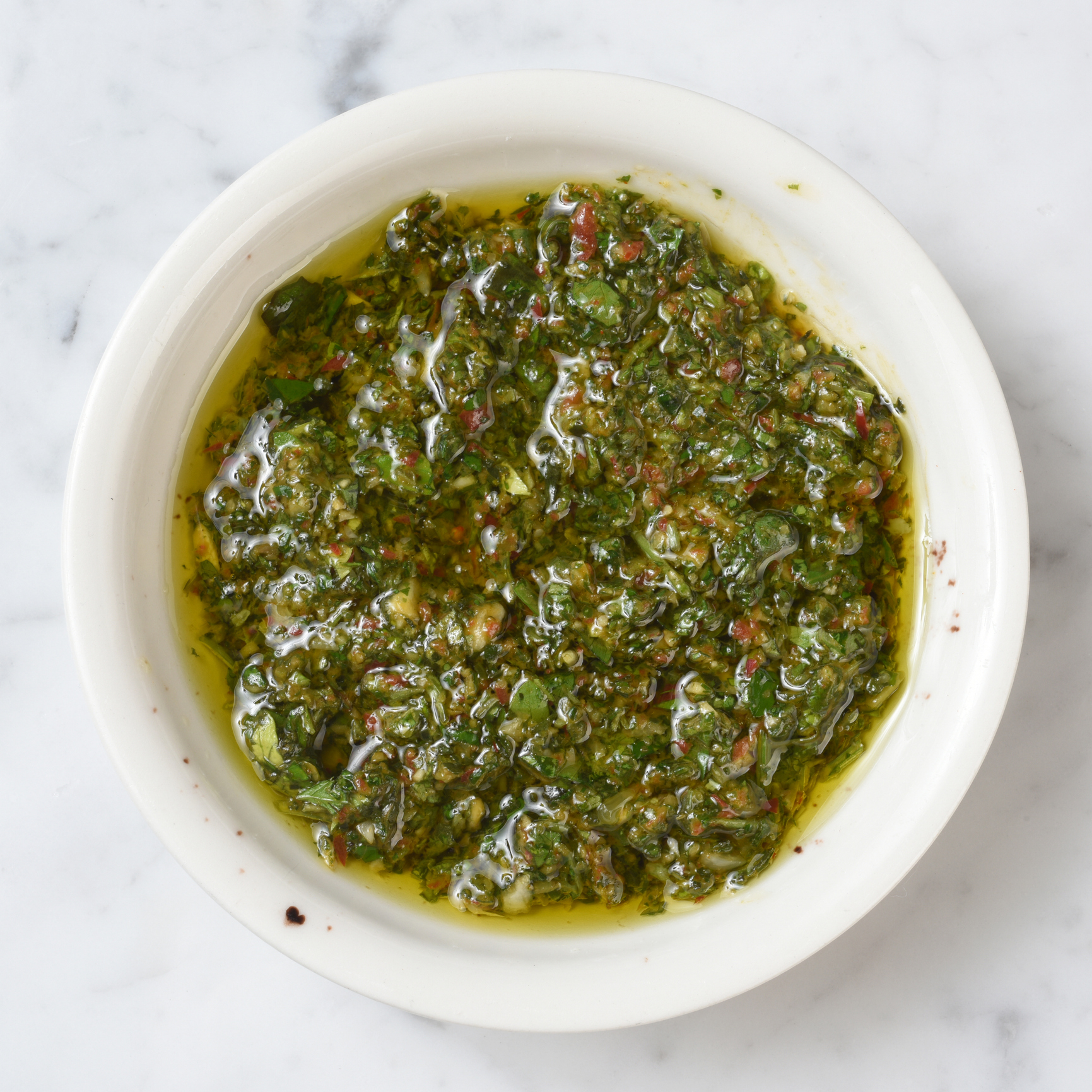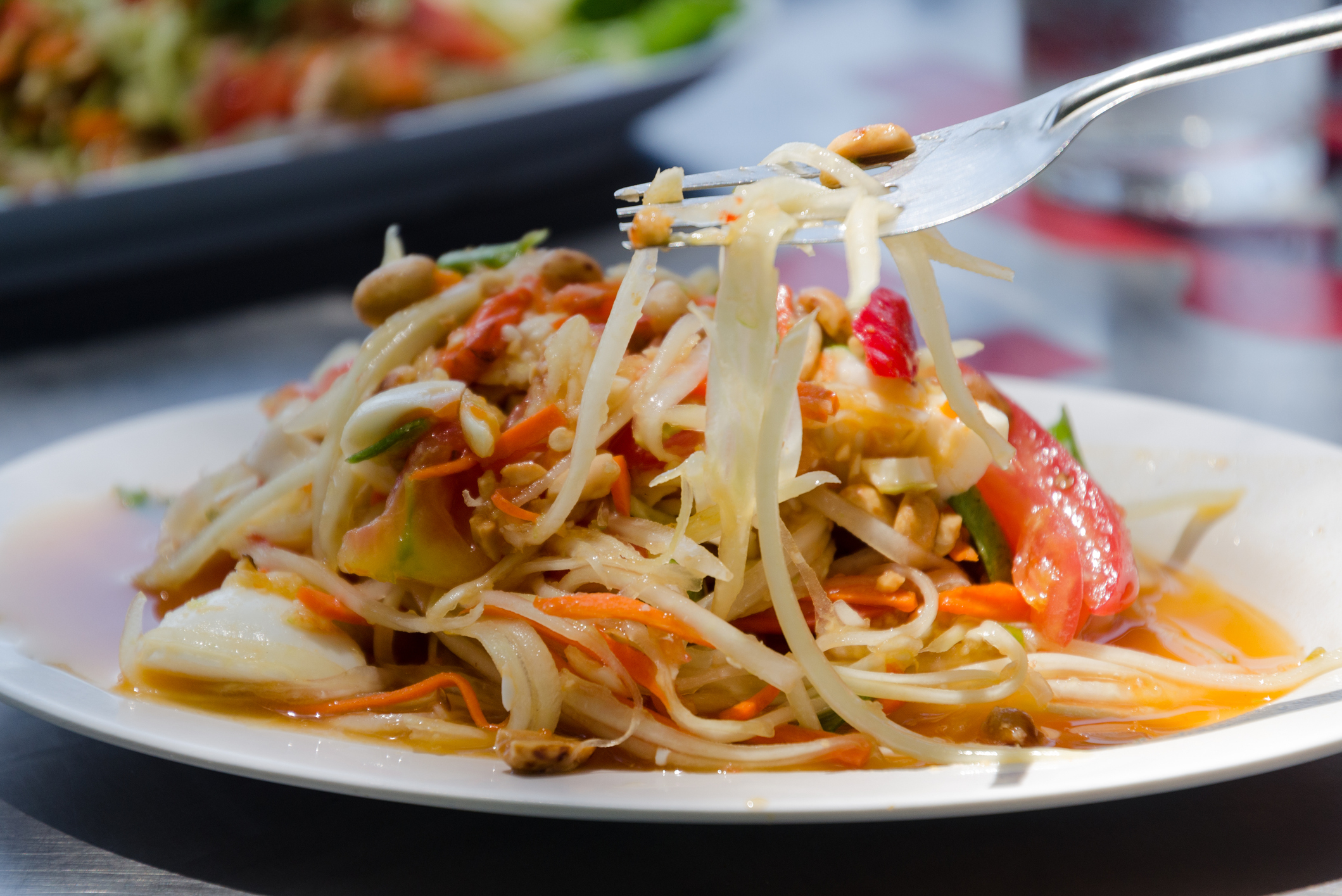19 Game-Changing Cooking "Secrets" People Have Learned While Traveling Abroad
"The flavor was so amazing; I haven't made it any other way since."
One of the best parts of traveling is eating your way around a new destination and learning about lots of new flavors, recipes, and culinary traditions. So redditor u/Wild-Eagle8105 asked, "What is one 'secret' recipe you learned from your travels?" Here's what people said (including one of my own favorite cooking tips I picked up from abroad).
1. "I learned a trick for making scorched onions that makes the biggest difference for things like lo mein and fried rice. It's hard to get that high-heat wok hei flavor without the right equipment, but scorch your scallions on high heat in a cast iron pan with some oil until they get some brown marks. Then, put them to the side. Get all the rest of your ingredients together, and then stir the scorched scallions through. It does something magical to the flavor of the dish."

2. "Quality anchovies are crucial to Italian tomato-based sauced. I put either whole anchovies (if I have them) or anchovy paste from the tube in every tomato sauce I make now, and it adds an excellent umami flavor."

3. "I had the best chimichurri in Spain at an Argentine steakhouse. When I asked for the recipe, I was told the secret is to not use very much acid or lemon juice at all. Rather, load up on lots of oregano and, other herbs like thyme and rosemary, and a tiny dash of sesame oil. The flavor was so earthy and amazing, and I’ve never made chimichurri any other way."

4. "In Cuba I was exposed to ceviche that had green olives in it. I never had ceviche like that before, but it really opened my eyes. The briny olives work so well with the lime and fish."

5. "Fire roast your peppers, tomatoes, and onions for salsa. It makes a huge difference."

6. "Japanese cooking is founded on five basic seasonings, which are represented by the letters sa, shi, su, se, so (kind of like a, e, i, o, u, in English). They are sato (sugar), shio (salt), su (vinegar), seuyu (soy sauce), and miso (miso paste). This also represents the correct order of adding ingredients in the cooking process since vinegar, shoyu, and miso can lose their flavor if added too early."

7. "I noticed that lots of Thai recipes call for a little palm sugar to balance out the savoriness of the dishes."

8. "Mexican oregano is crucial for cooking Mexican cuisine. It’s different from what you use in your Italian cooking. It’s more herbaceous and earthier, and it has the slightest hint of spice. Despite the fact that it's such a small part of many recipes, it can make a huge impact on the overall flavor. Pretty much all Mexican sauces use it as the 'special ingredient.'"

9. "When making tahdig (Persian crispy rice), layer the bottom of the rice pot with thin slices of potato or flatbread."

10. "When making guacamole, just a tiny bit of finely diced pineapple and a bit of pineapple juice is a game changer. You don't even taste the fruit, but it gives guacamole a sweetness that is amazing."

11. "When I was in South America, I learned a trick for cooking meat or chicken empanadas: make the filling a little saucy and add some gelatin to the hot, juicy mixture before cooling it to fill the pastry. The gelatin will set, making the pastries easier to fill. When they are cooked and hot, the filling will be extra juicy with a great rich mouthfeel."

12. "In Indian cuisine, cooking with hing (asafoetida) adds that element to your food that you simply can’t put a finger on. In addition, layering your ingredients is key. Whole spices get toasted first, then fresh spices (onions, chili, garlic), then vegetables, and finally, ground spices."

13. "The secret to amazing Mexican food: lard. They cook everything in lard."

14. "To make home-cooked Chinese food that tastes like take-out, velvet your meats (aka marinate them in a little soy sauce, rice vinegar, and cornstarch) before frying."

15. "When I was learning to make pho, I was told to add star anise to the broth. It made such a huge difference that I add it to all of my soup broths now. It totally elevates them."

16. "There's a Spanish soup called salmorejo I had for the first time and loved while in Barcelona. It's a tomato soup served chilled like gazpacho, only it's much creamier. I learned that the key ingredient is bread! White bread is blended with all the other ingredients (tomatoes, garlic, olive oil, etc.) to create this velvety and deliciously-textured soup."

17. "Learning to cook Thai cuisine taught me how to be really good at balancing different strong flavors. For example, Thai-style salads (called ‘yum’) are infinitely flexible, but the flavor profile is always salty, spicy, sour, sweet, and umami (all at once). Mastering this dish is all about knowing how to balance the flavors instead of shying away from them or reducing them."

18. "I discovered soaking onions in lime juice for a while before mixing them into salsa or putting them on tacos. It gets rid of the raw funk. Plus, these foods get a squeeze of fresh lime juice anyway."

19. "In Vietnamese cuisine, there's a great dish called Banh Xeo (a crispy, savory 'pancake'). It’s my favorite meal and relatively easy to make, calling for just a few ingredients. The trick is adding sparkling water or beer to make the batter extra crispy."

